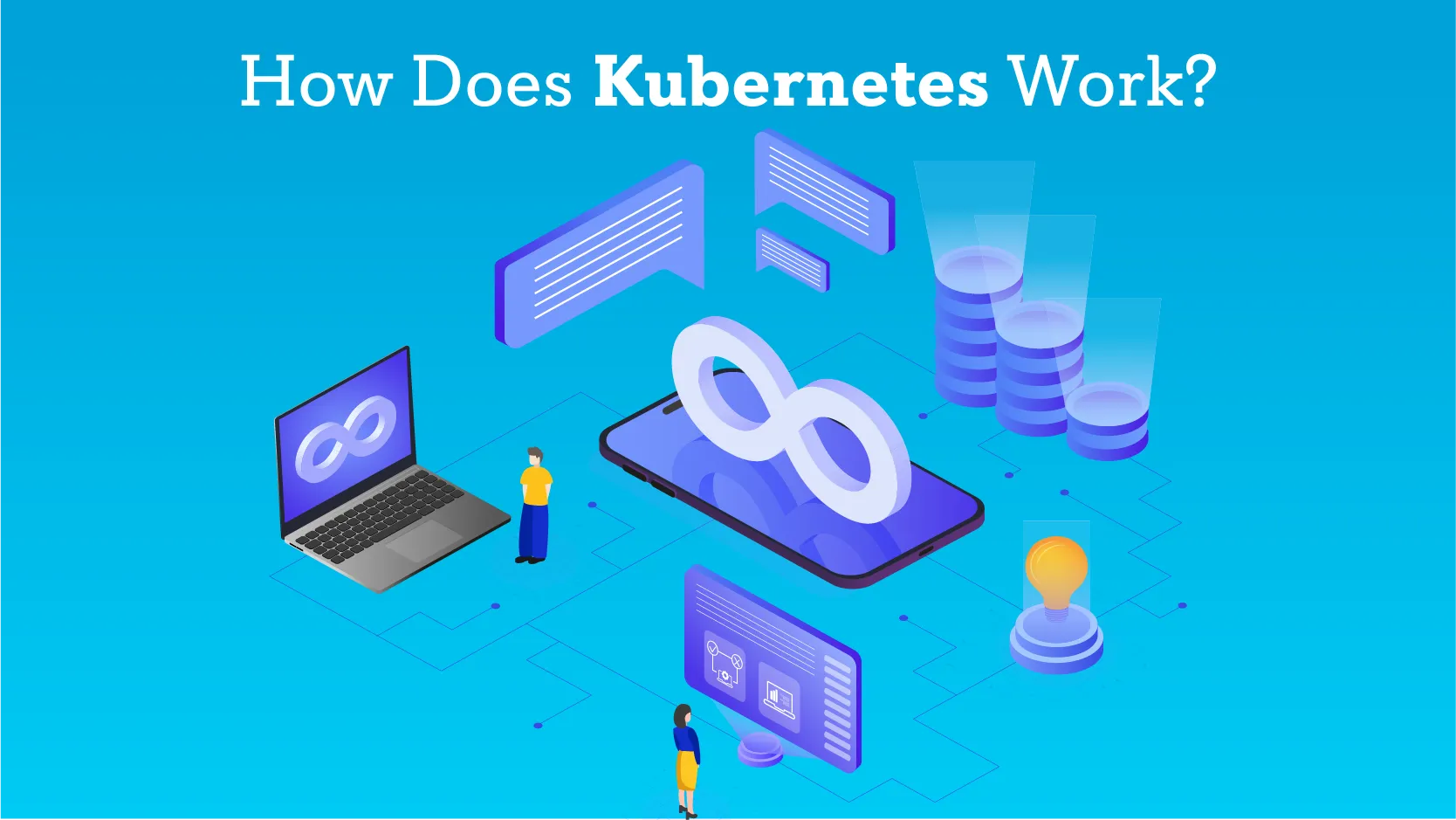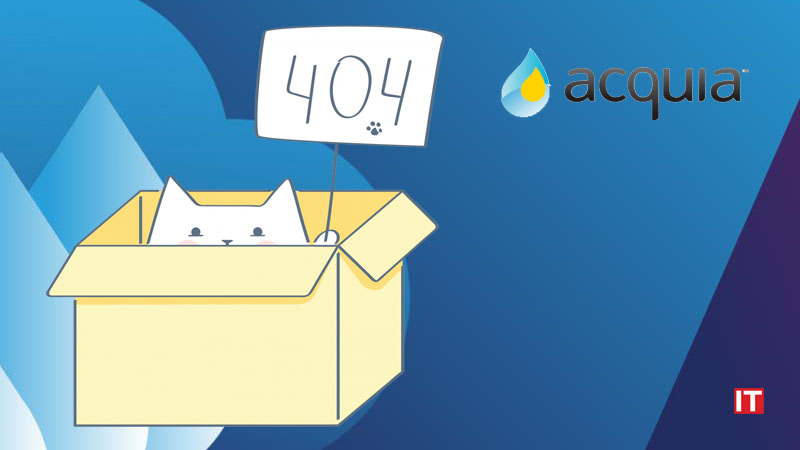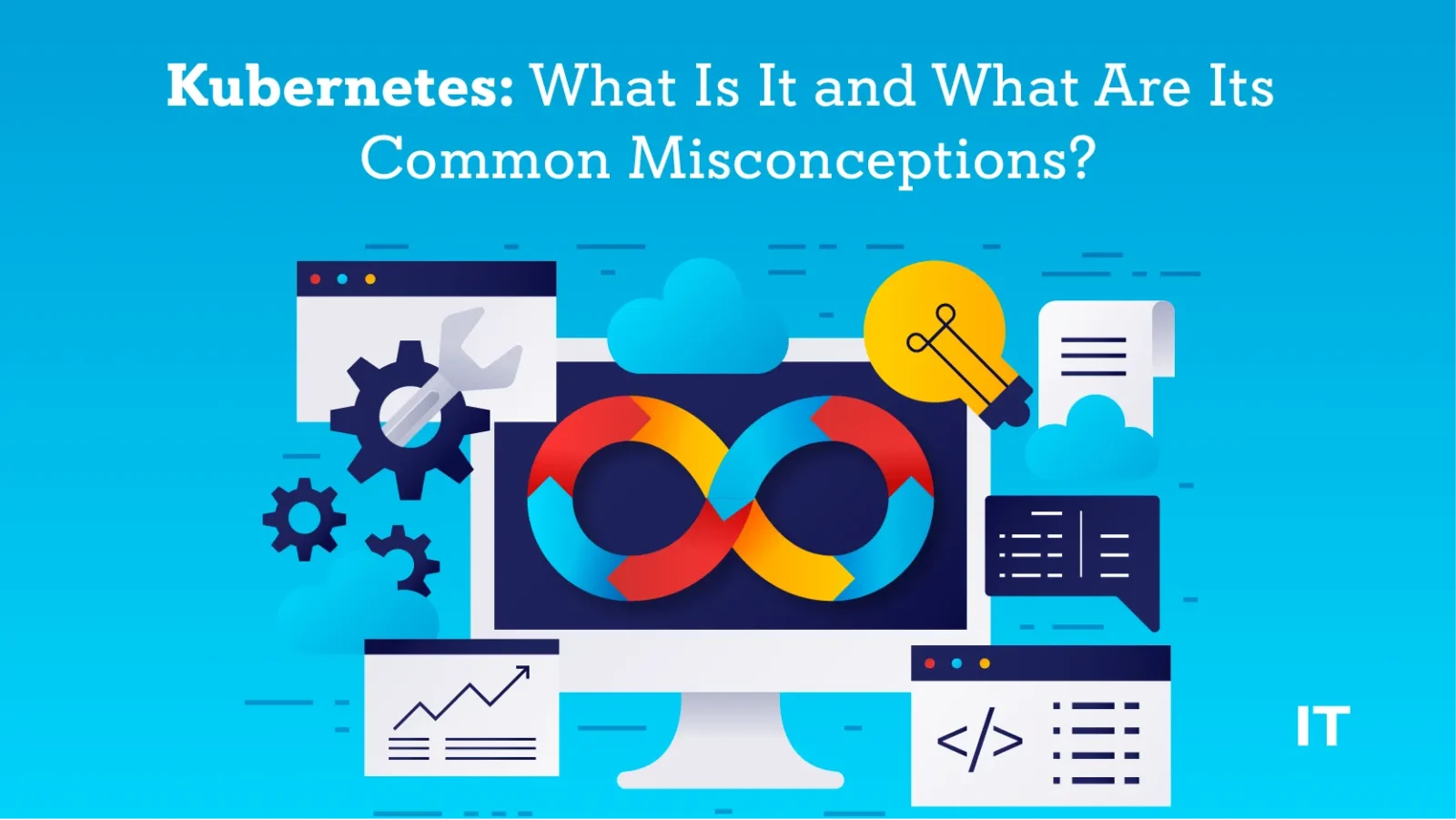Did you know that Kubernetes (K8s) orchestrates over 80% of containerized applications in production today? This remarkable statistic underscores its significance in the rapidly evolving landscape of cloud computing and DevOps. As organizations increasingly shift towards microservices architectures, the demand for effective container management solutions has surged, and K8s has emerged as the gold standard. Reports suggest that 60% of organizations have already adopted it. Let’s learn why there’s growing hype in this beginner’s guide.
What is Kubernetes?
Kubernetes is an open-source platform that helps manage and automate the deployment, scaling, and operation of containerized applications. It organizes and coordinates the containers—small, portable units of software that include everything needed to run an application—so they work smoothly across a cluster of computers.
Instead of manually starting and stopping each container or worrying about how they communicate, K8s handles these tasks for you. It ensures your application runs reliably, can handle more users if needed, and recovers quickly if something goes wrong.
Originally developed by Google, this container orchestration was released as open source a decade ago.
Also Read: What is DevOps and How to Choose the Right Tool in 2024?
What is Kubernetes used for?
 Kubernetes offers a suite of features designed to automate and optimize container management, ensuring applications run smoothly and efficiently.
Kubernetes offers a suite of features designed to automate and optimize container management, ensuring applications run smoothly and efficiently.
1. Container Orchestration
It excels in orchestrating containers across a cluster of machines. This orchestration involves managing the entire lifecycle of containers—starting, stopping, and scaling them based on real-time demand. By automating these processes, this container orchestration helps maintain high availability and ensures efficient resource utilization.
2. Dynamic Scaling of Applications
The ability to automatically scale applications based on real-time demand is its standout feature. Whether your application experiences fluctuating workloads or steady traffic, Kubernetes adjusts the number of running instances (or pods) to match the current load. This dynamic scaling ensures optimal performance without requiring manual intervention, adapting to changing conditions seamlessly.
3. Efficient Load Balancing
It incorporates built-in load balancing to distribute network traffic evenly across containers. This feature prevents any single container from becoming a bottleneck, enhancing the overall reliability and performance of applications. It also simplifies service discovery, allowing containers to communicate with each other effortlessly.
4. Self-Healing Mechanisms
It is equipped with robust self-healing capabilities. It continuously monitors the health of containers and automatically replaces or restarts them if they fail or become unresponsive. This proactive approach minimizes downtime and ensures that applications remain available to users, which is crucial for maintaining high service reliability.
5. Resource Management and Allocation
Effective resource management is another of its key strengths. It allocates CPU and memory to containers based on their defined requirements. Developers can set resource limits and requests, ensuring that applications receive the necessary resources while preventing any single application from dominating system resources.
How Does Kubernetes Work?
 Kubernetes operates as a powerful orchestration platform for managing containerized applications across a cluster of machines, utilizing a master-slave architecture composed of a control plane and worker nodes. The control plane serves as the brain of the cluster, managing its state through components like the API server, etc. (a distributed key-value store), the scheduler, and various controllers, while worker nodes run the actual applications contained in pods, the smallest deployable units that can host one or more containers.
Kubernetes operates as a powerful orchestration platform for managing containerized applications across a cluster of machines, utilizing a master-slave architecture composed of a control plane and worker nodes. The control plane serves as the brain of the cluster, managing its state through components like the API server, etc. (a distributed key-value store), the scheduler, and various controllers, while worker nodes run the actual applications contained in pods, the smallest deployable units that can host one or more containers.
Adopting a declarative configuration approach, K8s allows users to define the desired state of their applications in YAML or JSON files, and it continuously monitors the cluster to ensure applications remain available. Additionally, it excels in scheduling and resource management, distributing workloads efficiently across nodes, enabling seamless communication between pods and external services, and utilizing services for load balancing and Ingress for managing external access.
Its self-healing features automatically replace failed pods to maintain availability and support horizontal scaling to adjust the number of pod replicas based on real-time demand. Furthermore, K8s ensures security through role-based access control (RBAC), network policies, and secrets management, effectively protecting applications and sensitive data while streamlining operations in modern cloud native environments.
Bursting the Myths on Kubernetes
Kubernetes is not a traditional, all-encompassing Platform as a Service (PaaS) system. Operating at the container level rather than the hardware level, K8s offers a range of features commonly associated with PaaS, including deployment, scaling, and load balancing. It also allows users to integrate their logging, monitoring, and alerting solutions.
However, K8s is not a monolithic platform; its default solutions are optional and pluggable. It provides essential building blocks for creating developer platforms while preserving user choice and flexibility where it matters.
K8s does not impose limitations on the types of applications it supports. It is designed to handle a broad spectrum of workloads and data-processing tasks. If an application can run in a container, K8s is capable of managing it effectively.
Additionally, K8s does not handle the deployment of source code or the building of applications. Continuous Integration, Delivery, and Deployment (CI/CD) workflows are dictated by an organization’s specific culture, preferences, and technical requirements, rather than by K8s itself.
Lastly, K8s does not prescribe specific logging, monitoring, or alerting solutions. While it provides some integrations for proof of concept and mechanisms for collecting and exporting metrics, the choice of tools and solutions for these functions remains up to the user.
Concluding Thoughts
As organizations increasingly embrace cloud-native architectures, Kubernetes stands poised to remain at the forefront of application management and orchestration. Its robust features—ranging from automated scaling and self-healing capabilities to seamless integration with various cloud environments—position it as the go-to solution for developers and IT operations alike. Looking ahead, we can anticipate that K8s will continue to evolve, further simplifying the complexities of container orchestration while enhancing security and resource efficiency.
































